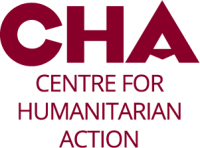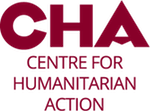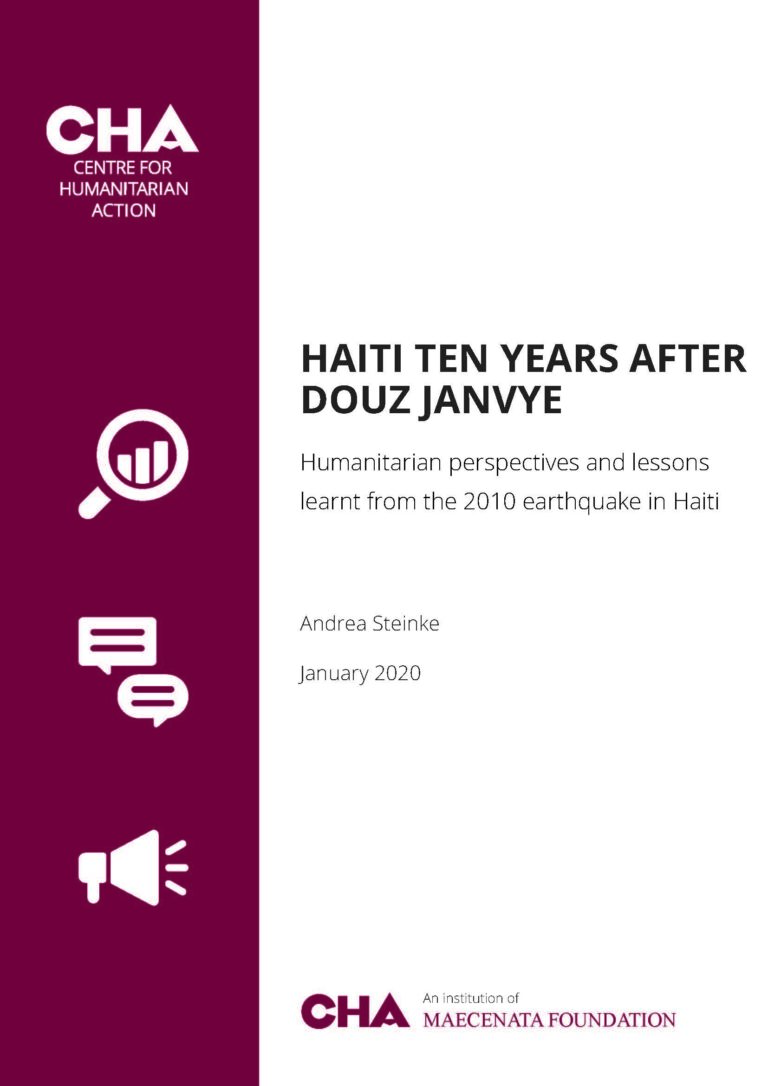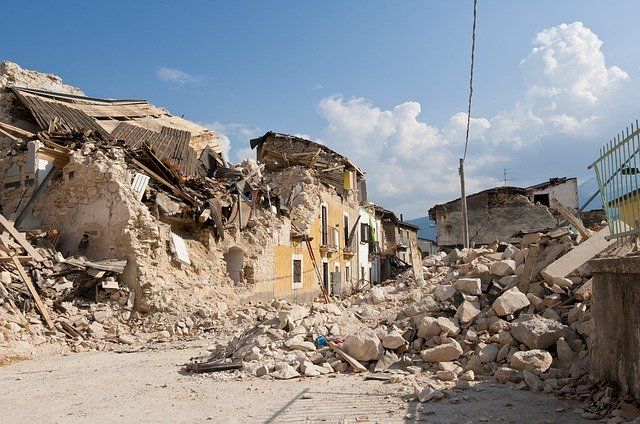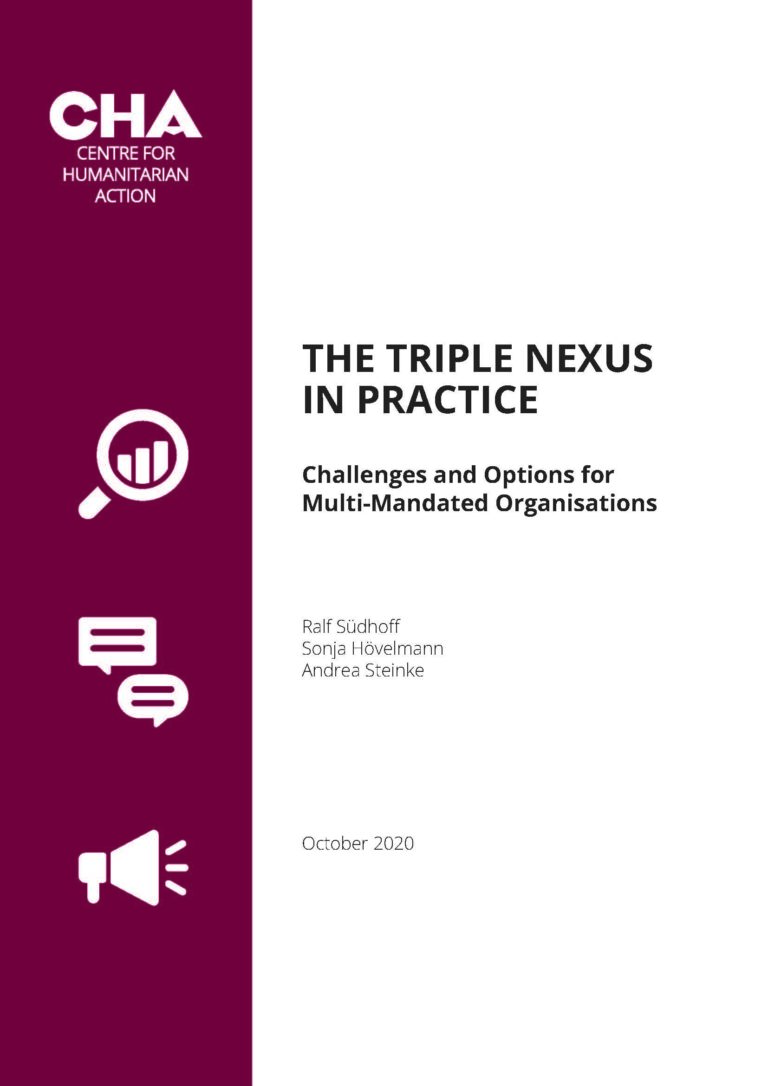| Author: | Andrea Steinke |
| Date: | 31.01.2020 |
| Downloads: |
Paper (EN)
|
Abstract
Haiti, January 12, 2010: a magnitude 7.0 earthquake takes the lives of at least 200 000 people, displaces more than two million survivors, and unveils the inequalities and colonial legacies deeply inscribed into the country’s struc-ture. Douz Janvye, January 12 in Haitian Creole, also triggered the largest humanitarian response in recent history and mobilised an unprecedented amount of resources, funds, and aid workers – with varying degrees of ex-perience and professionalism. Being host to the first post-war international development project, Haiti had been well familiar with the presence of inter-national NGOs. Yet, after the earthquake, the number of aid organisations skyrocketed with estimations of up to 20 000 NGOs operating in the country. Even though national and international humanitarians saved many lives and contributed to the reconstruction of the country, the response was also met by a myriad of challenges reflecting the structural deficiencies of humanitar-ian action in general. This paper discusses the humanitarian experiences in the context of the earthquake response, raises crucial questions regarding systemic and organisational shortcomings, and presents the lessons learned from one of the most complex and challenging humanitarian interventions of the past decade.
